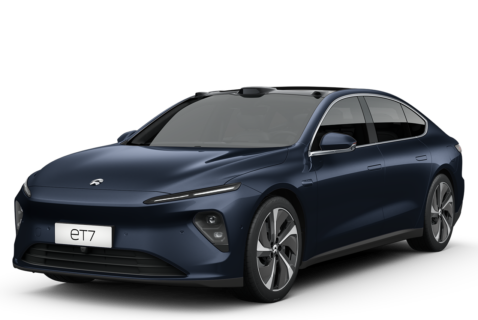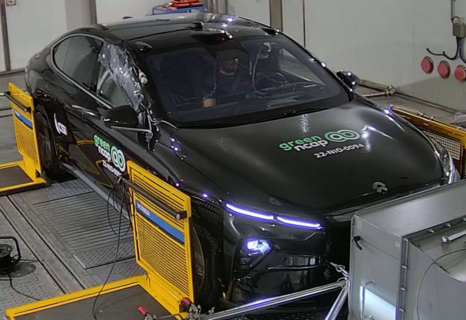NIO ET7 480 kW electric AWD automatic
2022
96%
10.0
10
Clean Air Index
9.4
10
Energy Efficiency Index
9.6
10
Greenhouse Gas Index
| Laboratory Tests | NMHC | NOX | NH3 | CO | PN | |
|---|---|---|---|---|---|---|
| 10.010 | Cold Test | |||||
| 10.010 | Warm Test | |||||
| 10.010 | Highway | |||||
| 10.010 | Cold Ambient Test | |||||
| Road Test | ||||||
| 10.010 | On-Road Drive | |||||
| 5.05 | On-Road Short Trip | |||||
| 8.08 | On-Road Heavy Load | |||||
| 5.05 | On-Road Light Load | |||||
| 2.02 | Congestion | |||||
| Laboratory Tests | Energy | |||
|---|---|---|---|---|
| 10.010 | Cold Test | 17.7kWh100 km | ||
| 10.010 | Warm Test | 16.9kWh100 km | ||
| 9.210 | Highway | 25.4kWh100 km | ||
| 8.510 | Cold Ambient Test | 30.4kWh100 km | ||
| Consumption | Driving Range | |||
| Average | 20.0kWh100 km | 530km | ||
| Worst-Case | 30.4kWh100 km | 337km | ||
| Greenhouse Gases | CO2 | N2O | CH4 | |
|---|---|---|---|---|
| 10.010 | Cold Test | |||
| 10.010 | Warm Test | |||
| 9.810 | Highway | |||
| 9.010 | Cold Ambient Test |
Specifications
- Tested Car LJ1EFAUU0NG06XXXX
- Publication Date 11 2022
- Vehicle Class Executive Car
- Emissions Class Euro 6 AX
- Tyres 245/45R20
- Mass 2,379 kg
- System Power/Torque 480 kW/850 Nm
- Declared Battery Capacity 100.0 kWh
- Declared Driving Range Overall 580 km City 660 km
- Declared Consumption 19 kWh/100 km




























































































































































Our verdict
NIO is a relative newcomer to the European market and makes a strong statement with its fully-equipped ET7. The car comes with two motors and all-wheel-drive, a formidable power output of 480 kW and a huge 100 kWh battery (a 75 kWh variant is also offered). But this all adds weight, and the NIO tips the scales at 2.4 tons. In the laboratory WLTC+ test, the ET7 exactly matched its declared range. The battery capacity test is performed with 11 kW AC charging and the determined available capacity is 92.5 kWh. This value is below the officially promoted figure, but this is compensated by slightly lower consumption than what is declared. The measured charging/discharging efficiency from the charging socket to battery output is 90%.
Despite its high mass, the ET7 demonstrates high overall efficiency. Under cold winter conditions (WLTC+ test at -7°C), however, the consumption is increased by 72% and this significantly reduces the driving range. The initial cabin heating needs a lot of energy and improving the climatization management requires a special effort by electric vehicle manufacturers in principle.
The absence of polluting exhaust gas emissions, the high energy efficiency and the relatively low greenhouse gas emissions of European average electricity production grant the NIO ET7 an impressive Weighted Overall Index of 9.6 out of 10 and a well-deserved 5 Green stars.